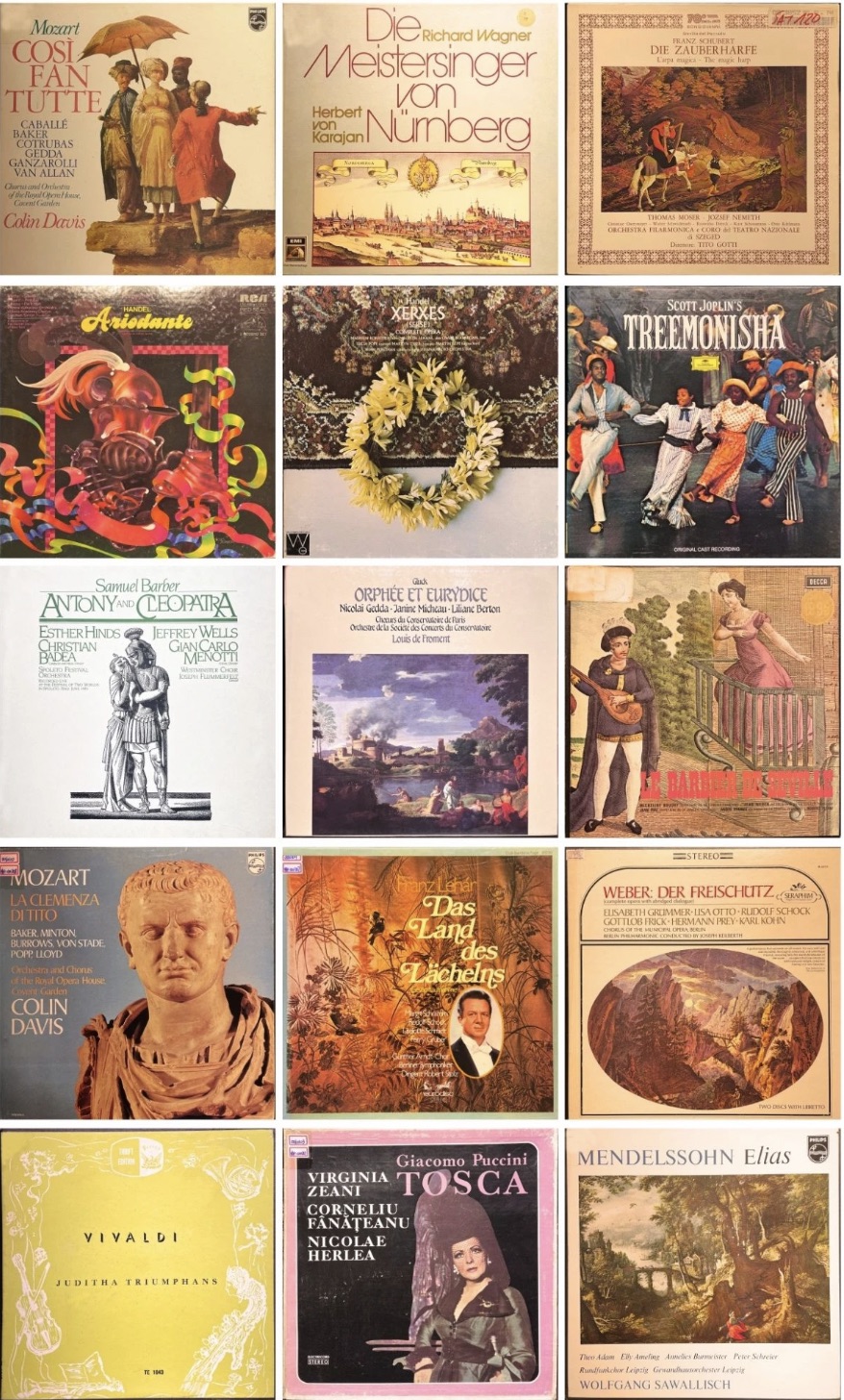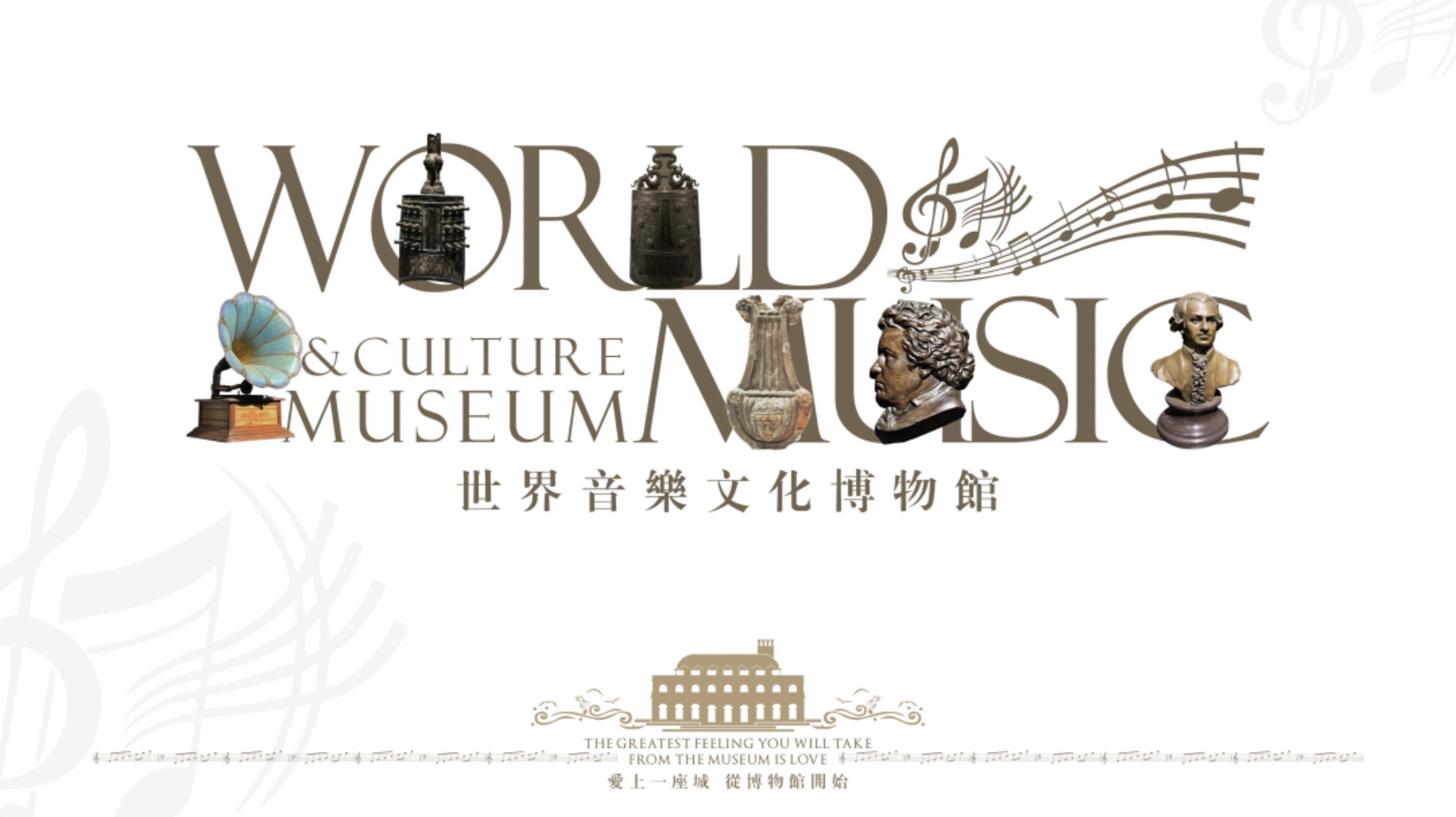Opera stands as the most dazzling jewel in the musical pantheon, seamlessly blending drama, vocal artistry, instrumental music, dance, painting, sculpture, and literature into an immortal artistic masterpiece. Throughout history, countless musicians have devoted their entire lives to composing operas, while innumerable singers have portrayed the joys and sorrows of human existence upon the stage.
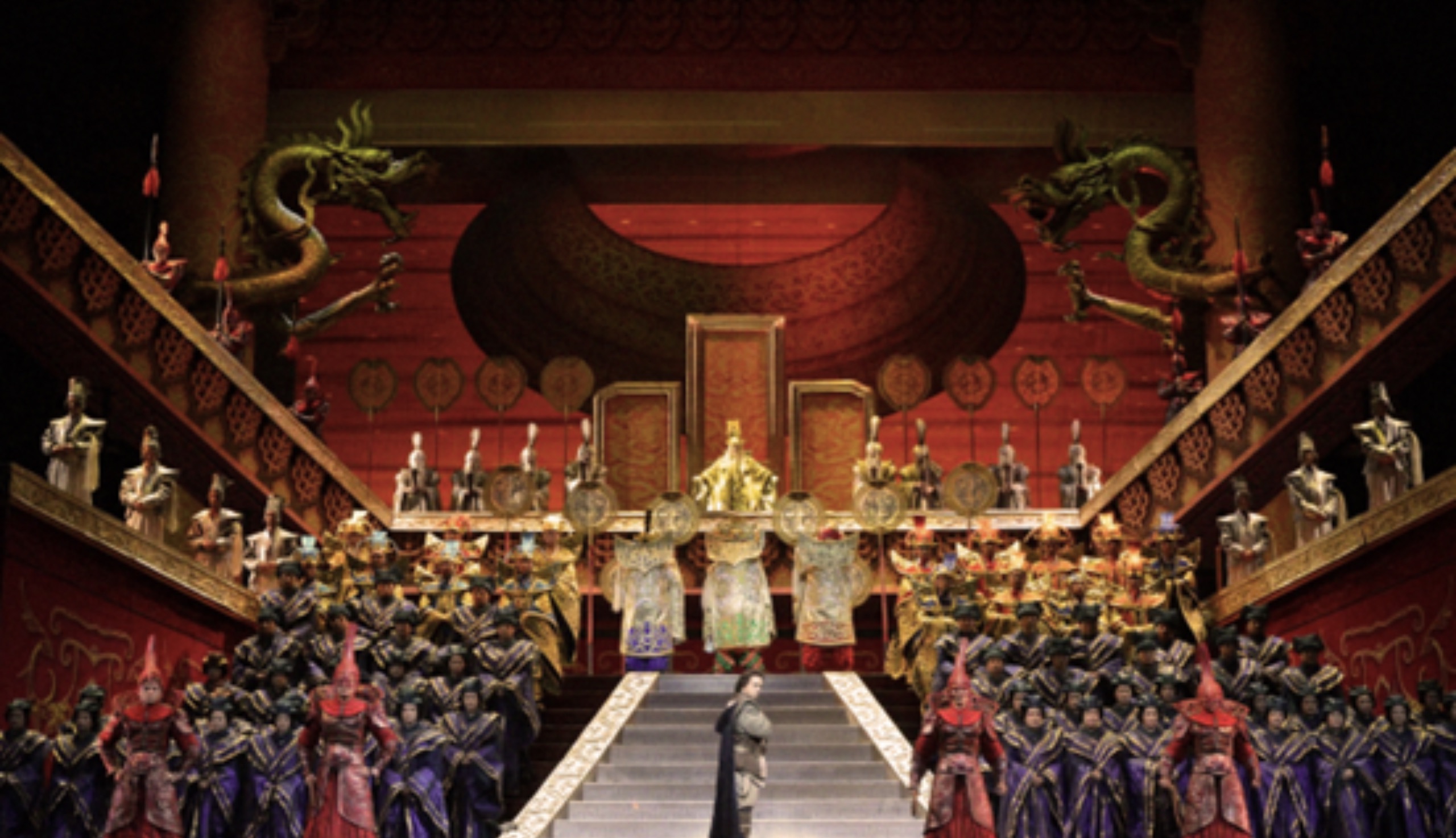
British playwright John Evelyn once remarked: "Opera is one of the most magnificent and lavish musical creations the human mind can conceive, surpassing any other art form."
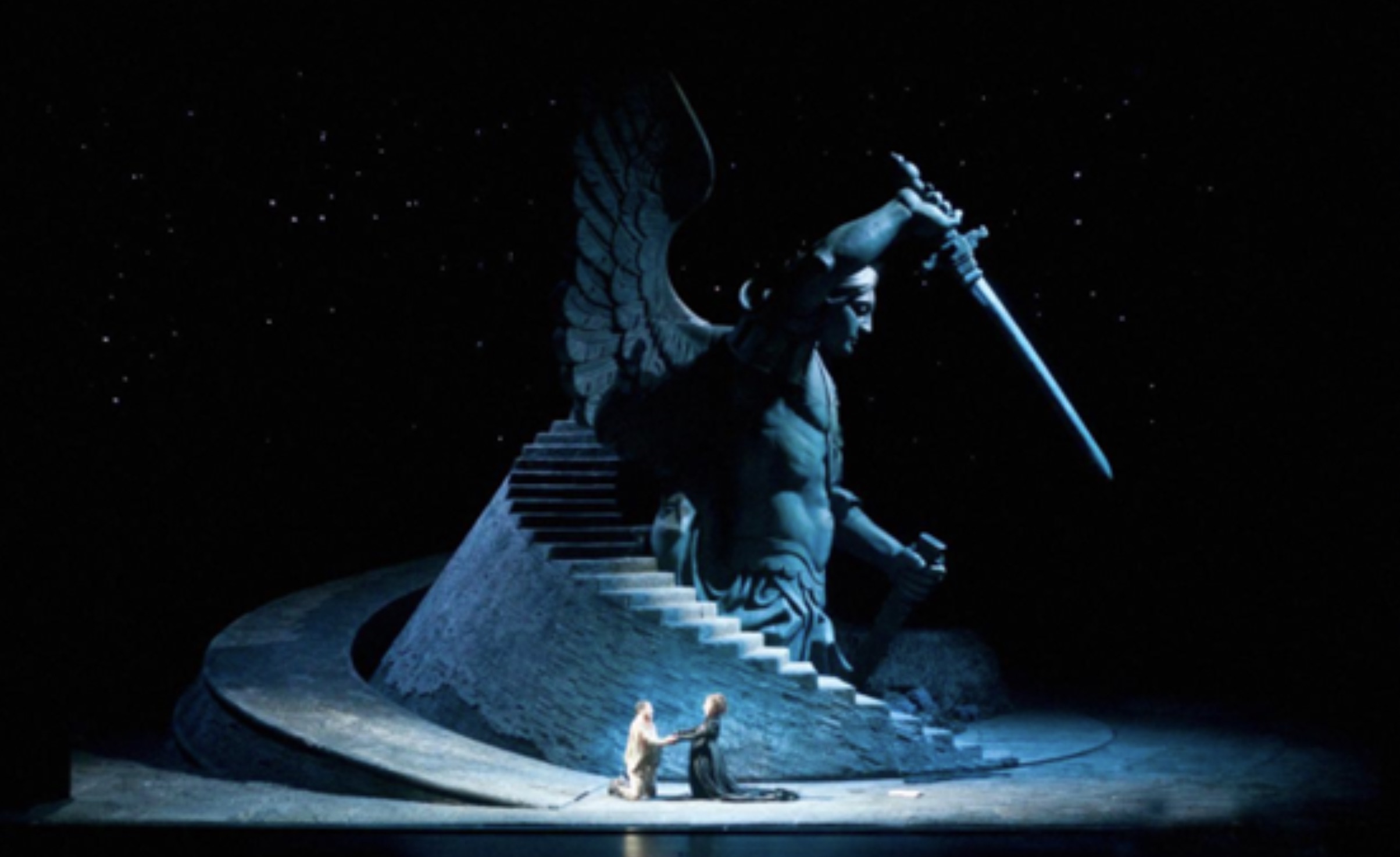
Fall in love with a city, starting at its museums!
Supporting Dalian's journey as a City of East Asian Culture!
The World Music Culture Museum has observed that many visitors express deep interest in opera or pursue related studies. To this end, the museum has curated a collection of classic opera-themed vinyl records spanning different eras from its 300,000 LPs. This exhibition aims to illuminate the evolution of opera culture through these historical recordings.

Commencing on December 12th, this exhibition explores the origins, defining characteristics, and evolution of opera across three dimensions. It showcases the art form's unique allure through the lenses of Baroque opera, Italian Florentine opera, Roman opera, Venetian opera, Neapolitan opera, French opera, English opera, German opera, the golden age of Romantic opera, and world-renowned opera masters.
A journey through the opera timeline!
The Birth of Opera

"Opera" is the translation of "Opera," a comprehensive high art form centered on music. It is a theatrical stage art originating from musical development. Opera performances not only require theatrical spaces but also incorporate extensive musical elements, with dance frequently integrated as part of the performance.。

Opera was born in Italy at the turn of the 17th century, ushering in a new era of music. Poets composed verses based on ancient Greek myths, musicians set these verses to music, and Italian singers performed them. Blending ancient Greek art, religious music, and folk music, they created the unique Italian opera.。
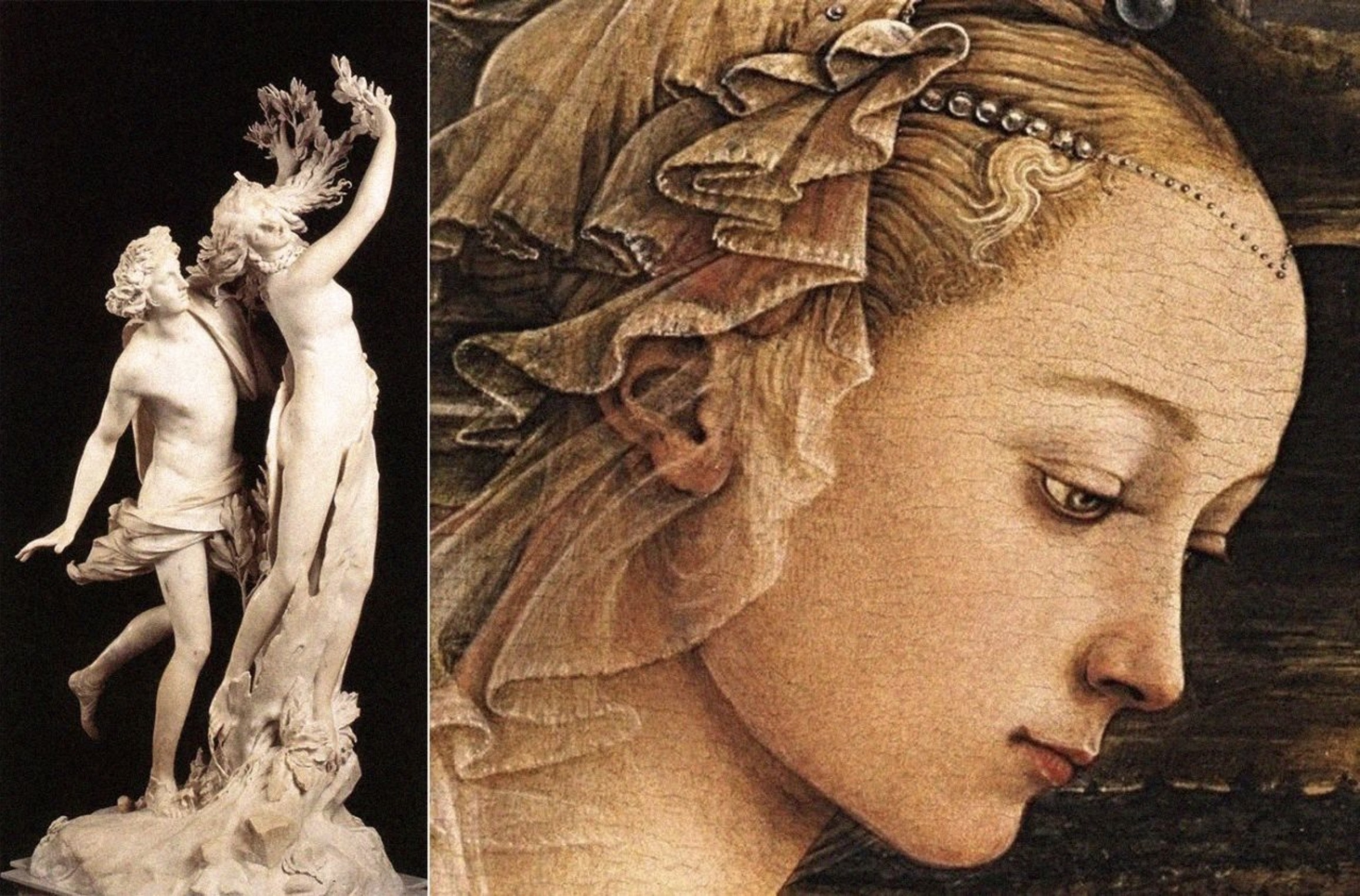
Dafne became a historical first, the first complete opera, gaining favor among prominent families. However, it was lost to time for various reasons. Eurydice, composed in 1602, stands as the earliest surviving opera we can hear today. The Orpheus, a musical fable composed in 1607, represents an early work frequently performed in opera houses today.
The earliest surviving opera is also by Peri and Rinuccini: Euridice, composed in 1600.
Characteristics of Opera
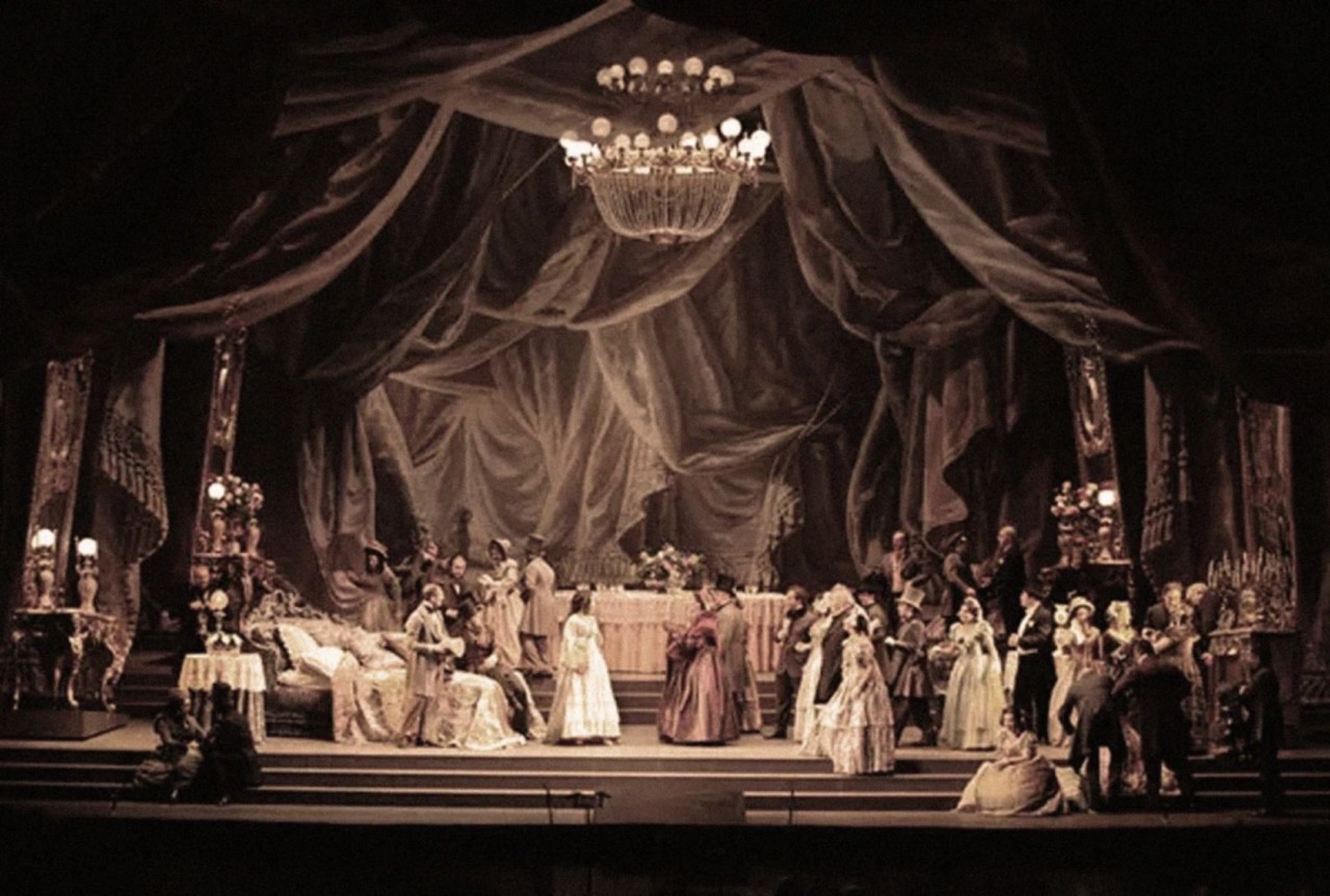
Florentine Opera: Librettos drew on Greek mythology with historical themes; music employed basso continuo; arias featured recitative-style singing with limited vocal range and free rhythms; there was minimal instrumental accompaniment and choral use.
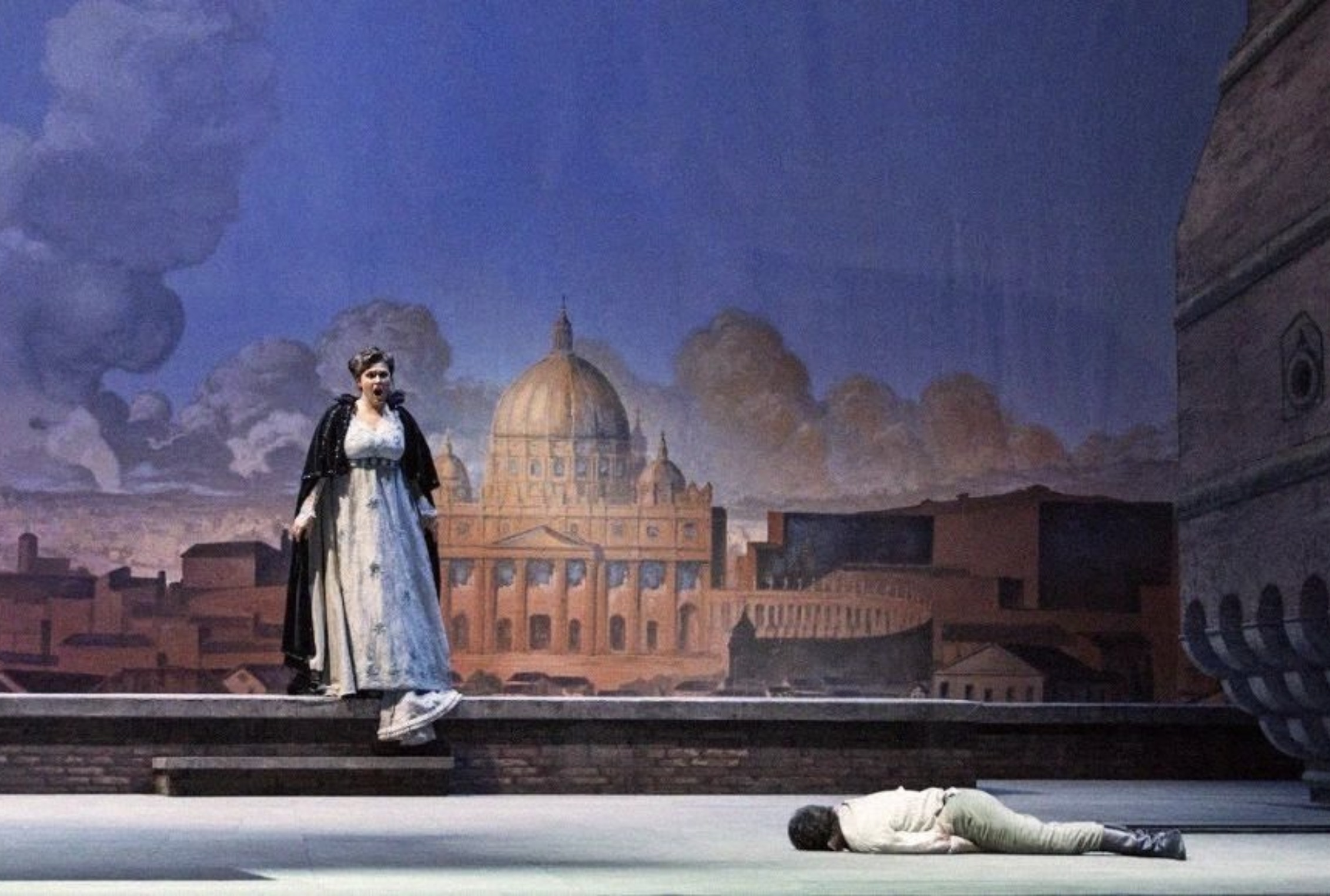
Roman Opera: Emphasized scenic delight, incorporating lavish stage design, mechanical scenery, and ballet sequences, with each act concluding in chorus and dance.
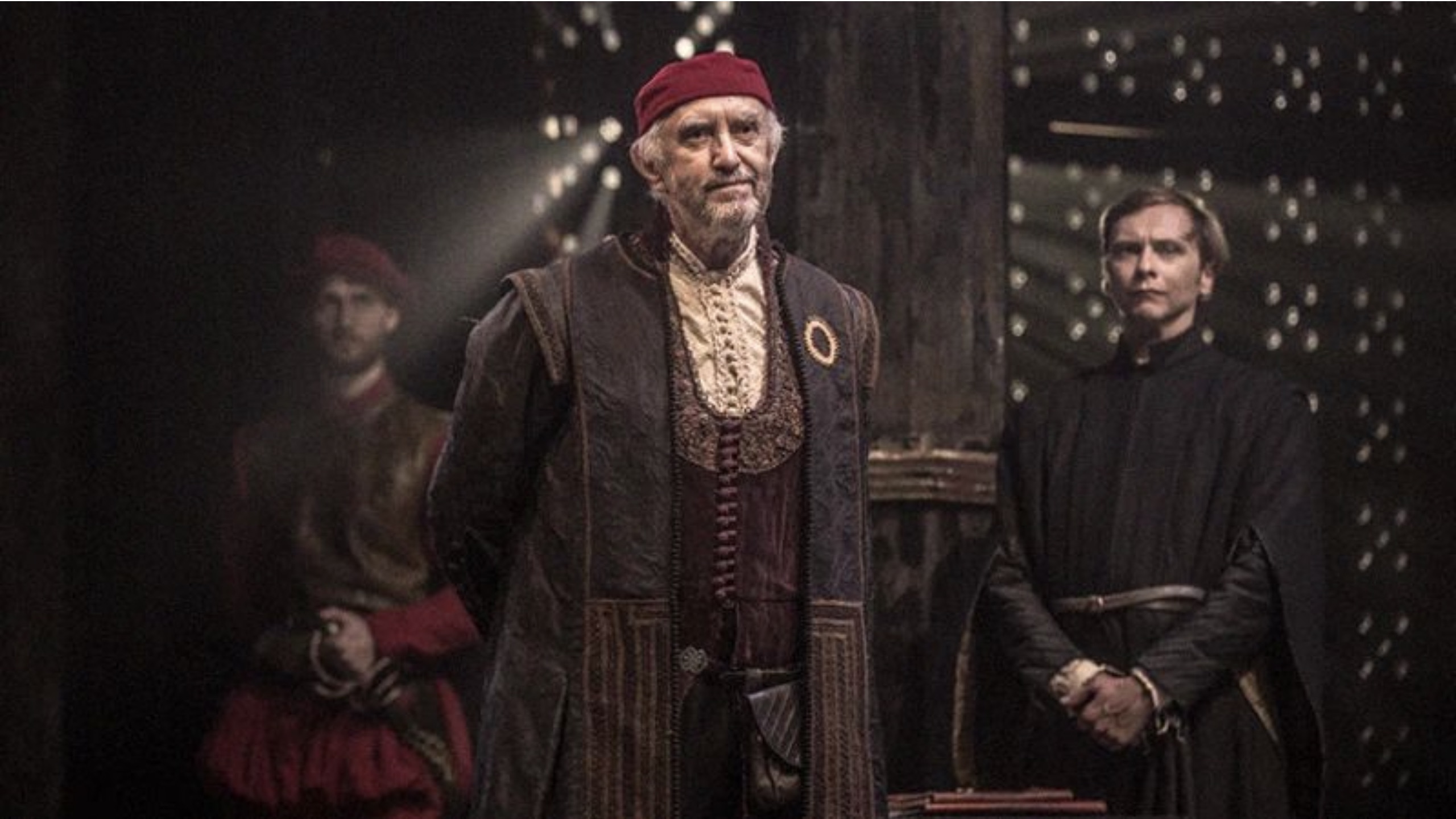
Venetian Opera: Emphasizes extensive use of arias and duets, prioritizing emotional expression and bel canto singing techniques. Choral sections are rare, while string instruments gain prominence for the first time, enhancing musical expressiveness.
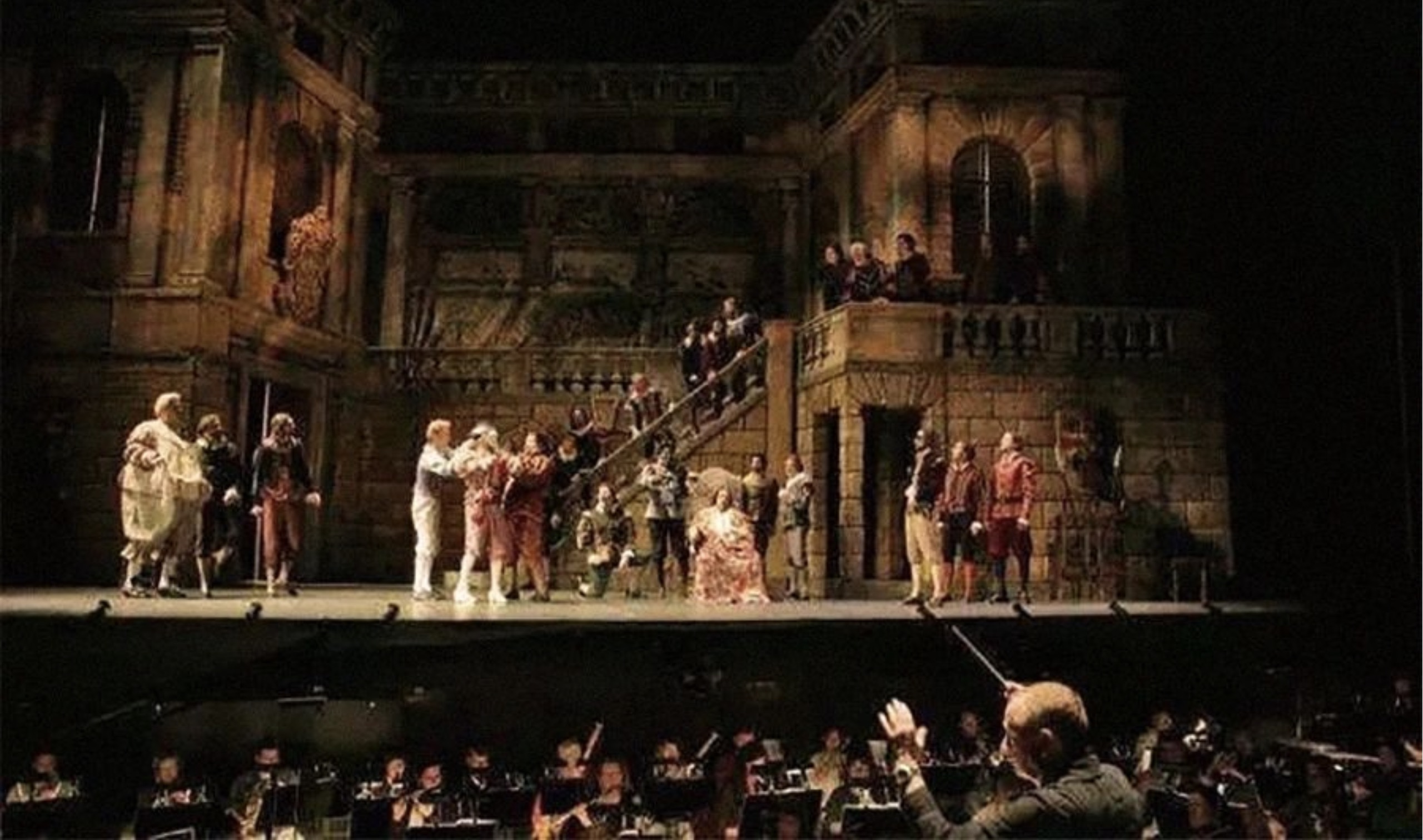
Neapolitan Opera: Content primarily drew from ancient myths and historical legends, maintaining a solemn and dignified tone. Structurally, it shifted from the original five-act format to a compact three-act structure, often incorporating comic intermezzos between acts and opening with highly distinctive overtures.
The Development of Opera
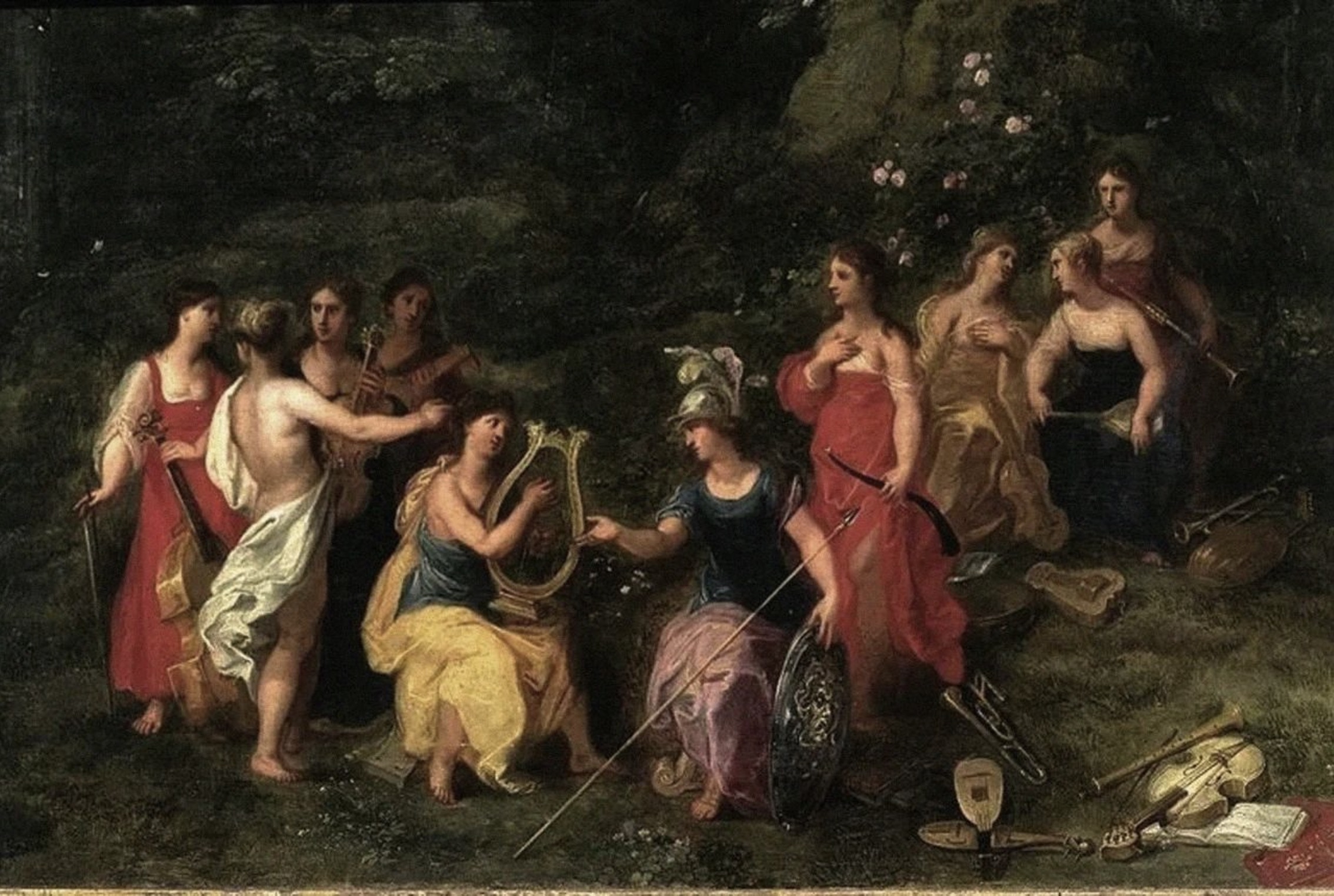
By the late 17th century, the Neapolitan opera school, epitomized by Ascalati, exerted the most significant influence in Rome. This school eschewed choruses and ballet scenes in its productions, instead elevating the solo vocal technique later termed "bel canto" to new heights. When this "vocal virtuosity above all" approach reached extremes, opera's original dramatic expressiveness and intellectual depth were nearly lost.
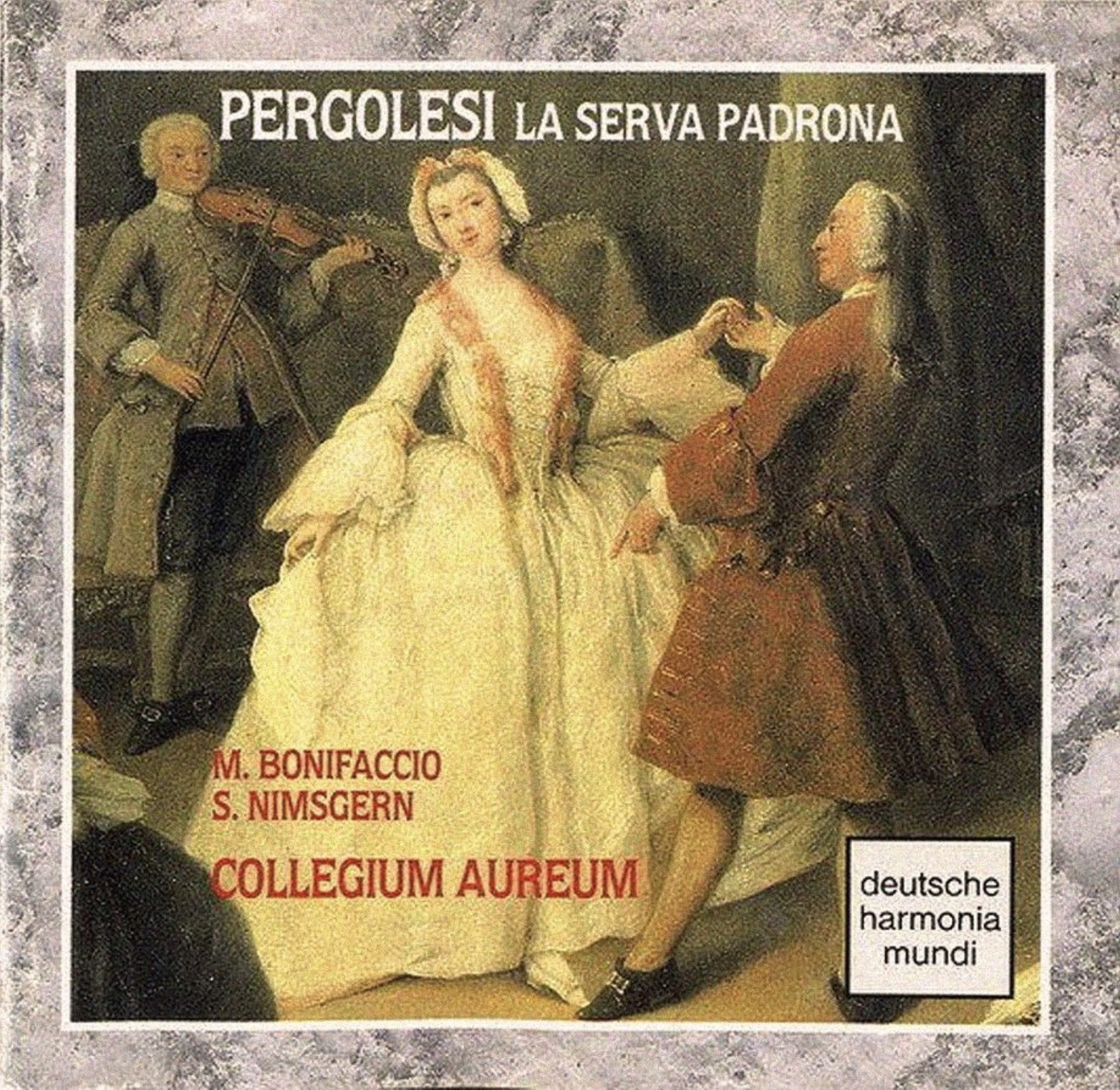
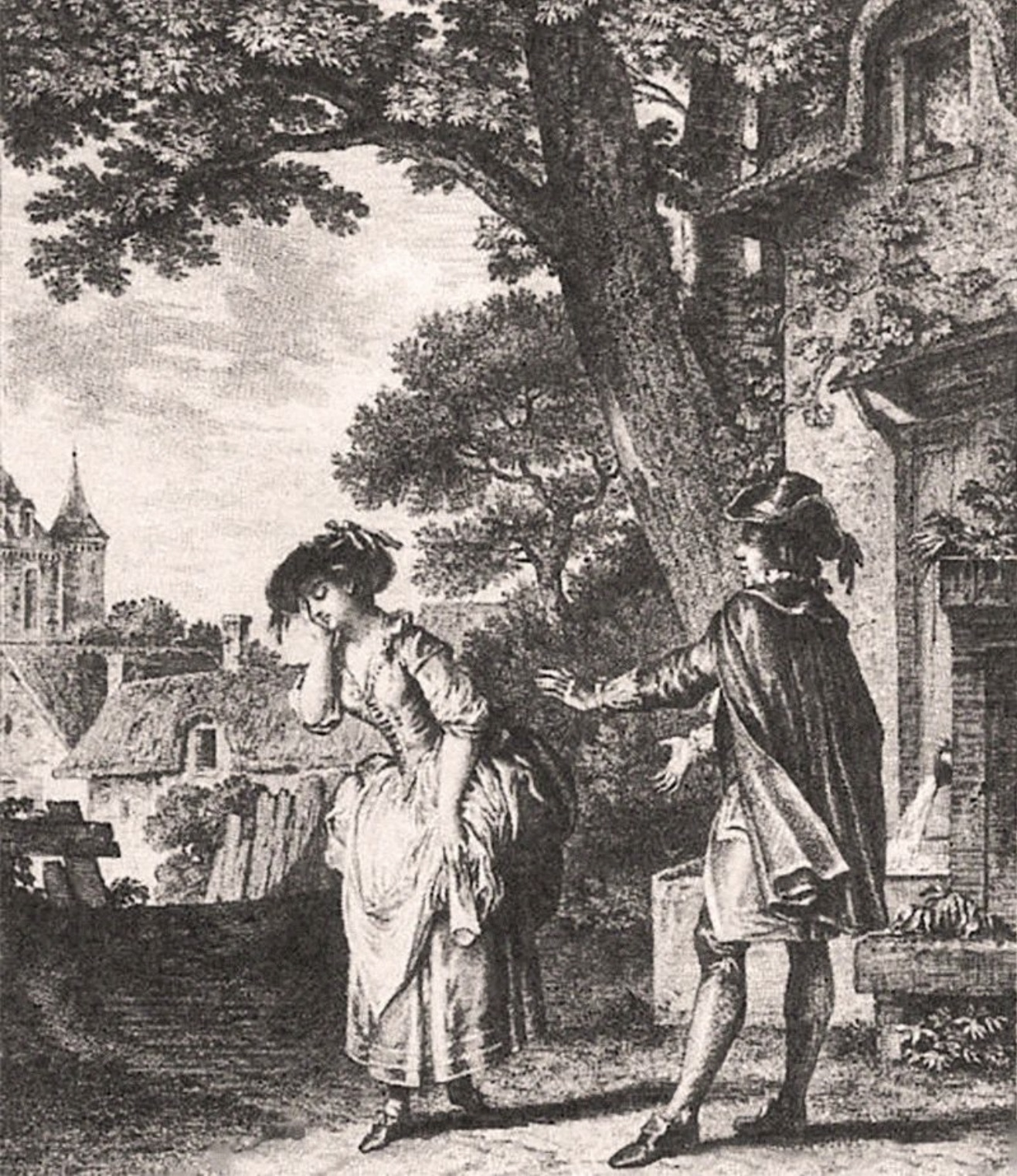
From the 1760s to the 1780s, the comic opera genre emerged, drawing from everyday life with humorous plots and simple music. The first exemplary work of Italian comic opera was Pagolesi's La serva padrona (premiered 1733). Originally conceived as an intermezzo for a serious opera, its 1752 Paris performance provoked condemnation from conservatives, igniting the famous "Comic Opera Controversy" in opera history. Inspired by this controversy and the opera itself, France's first comic opera, The Village Soothsayer, penned by Rousseau, was born.
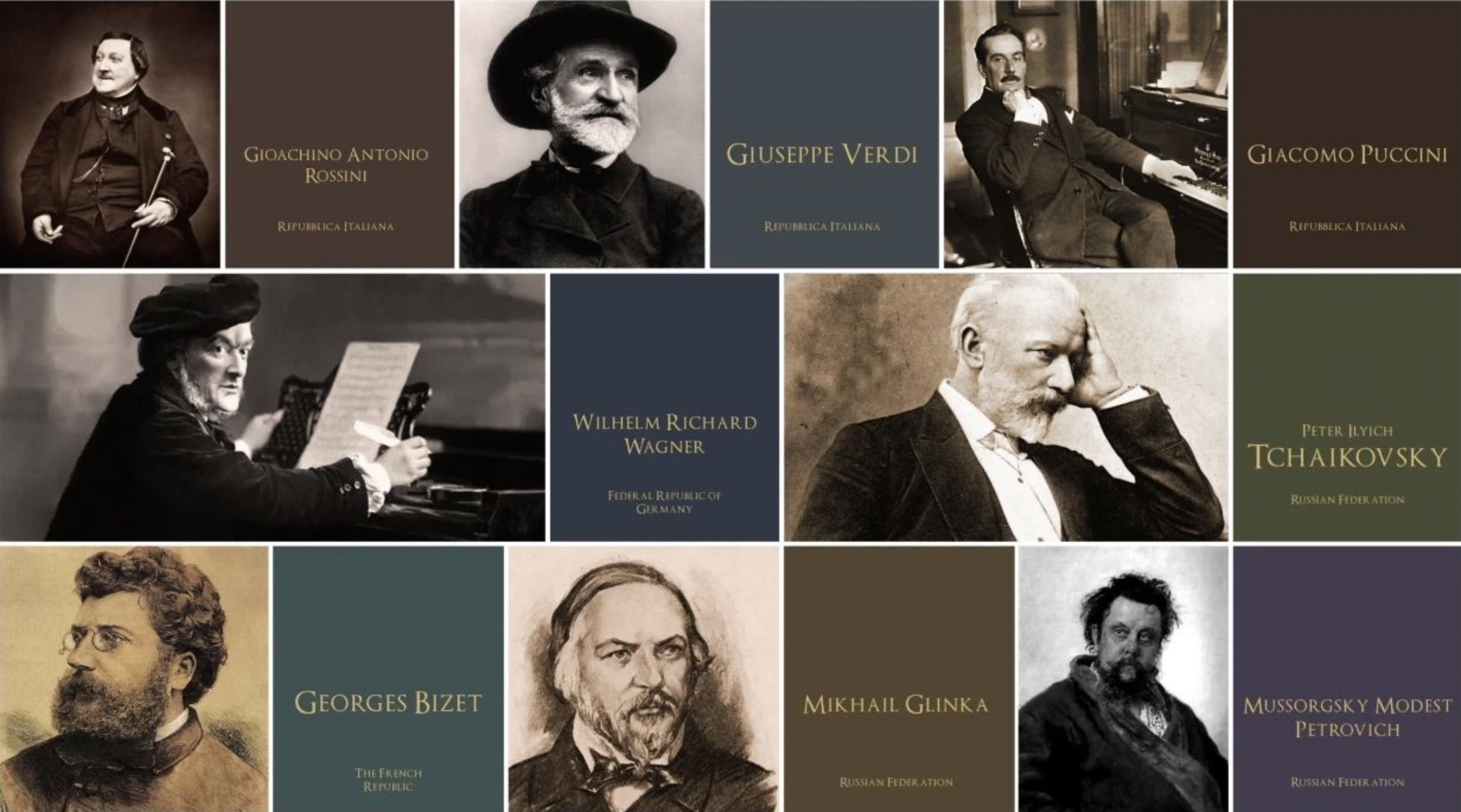
After the 19th century, opera masters such as Italy's G. Rossini, G. Verdi, and G. Puccini; Germany's R. Wagner; France's G. Bizet; and Russia's M.I. Glinka, M.P. Mussorgsky, and Tchaikovsky made significant contributions to the development of opera. The "operetta" (literally, "little opera"), which emerged in the 18th century, evolved into a distinct genre. Its characteristics include concise structure, accessible music, and the use of spoken dialogue alongside solos, duets, choruses, and dance. Austrian composer Johann Strauss and German-born French composer Johann Friedrich Bach were the founders of this genre.
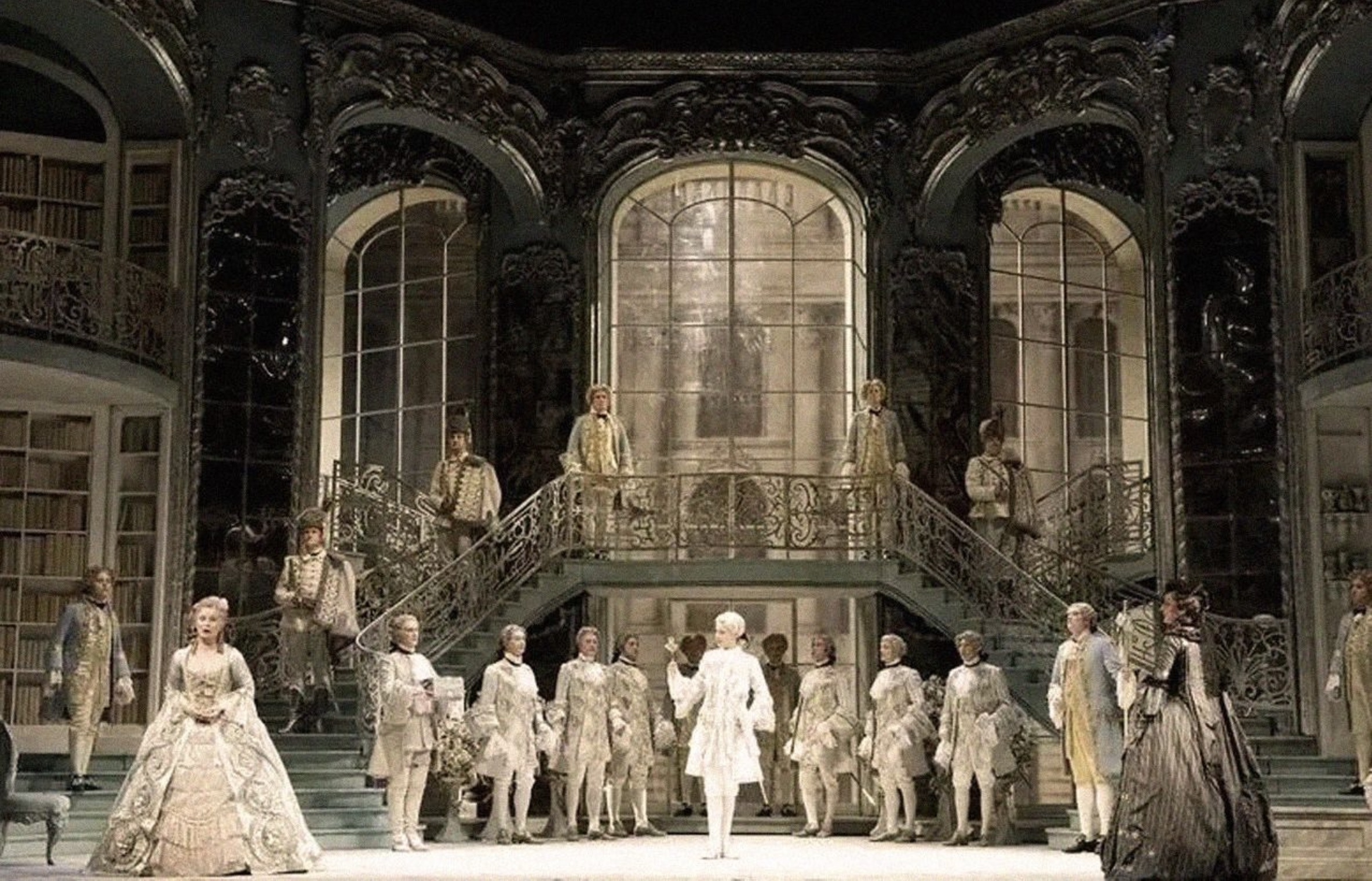
Among 20th-century opera composers, post-World War I saw the application of atonality in opera by Berg (Wozzeck). From the 1940s to the present, notable figures include Stravinsky, Prokofiev, Milhaud, Menotti, Orff, Giannastella, Henze, and Britten, the renowned British composer.
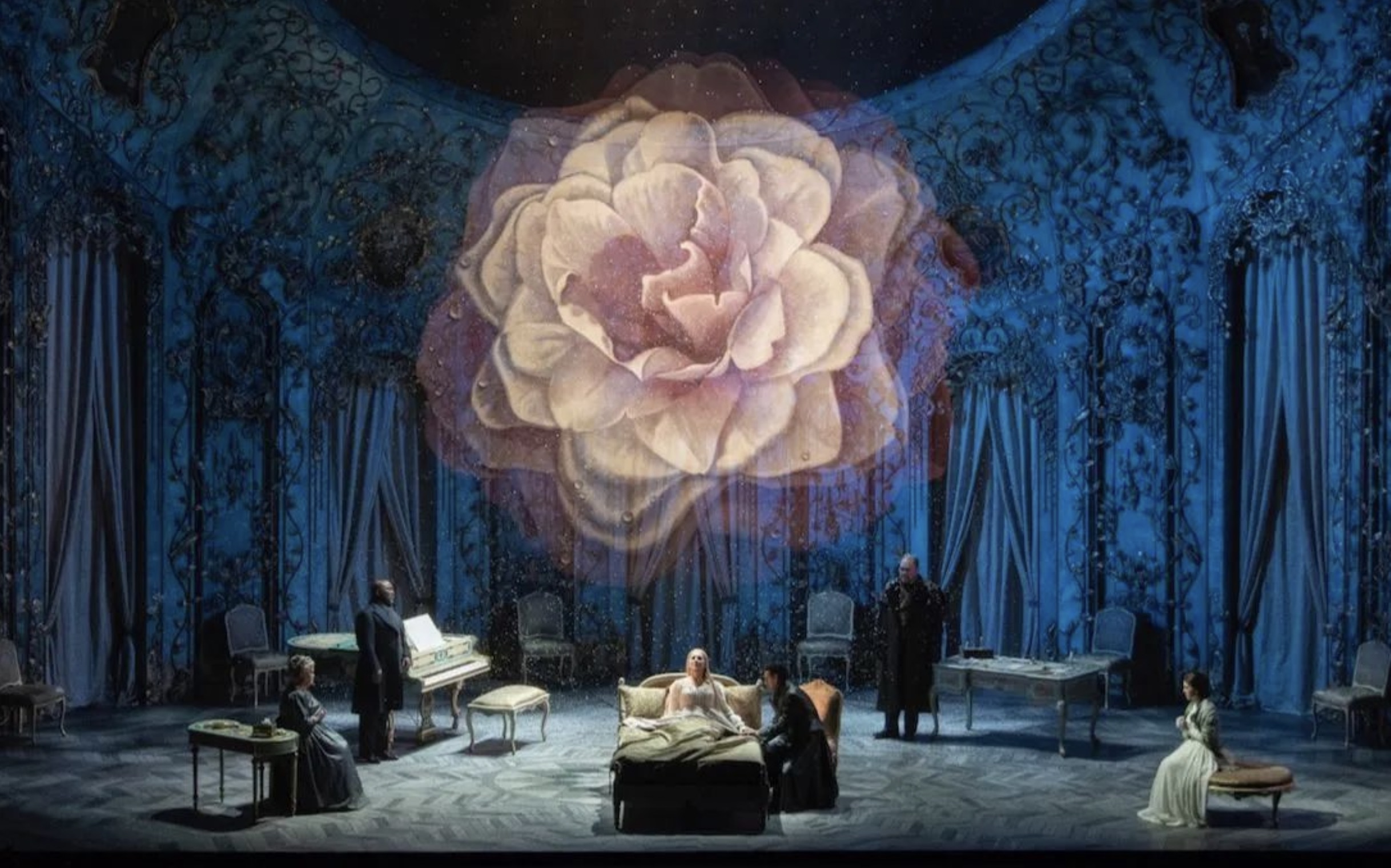
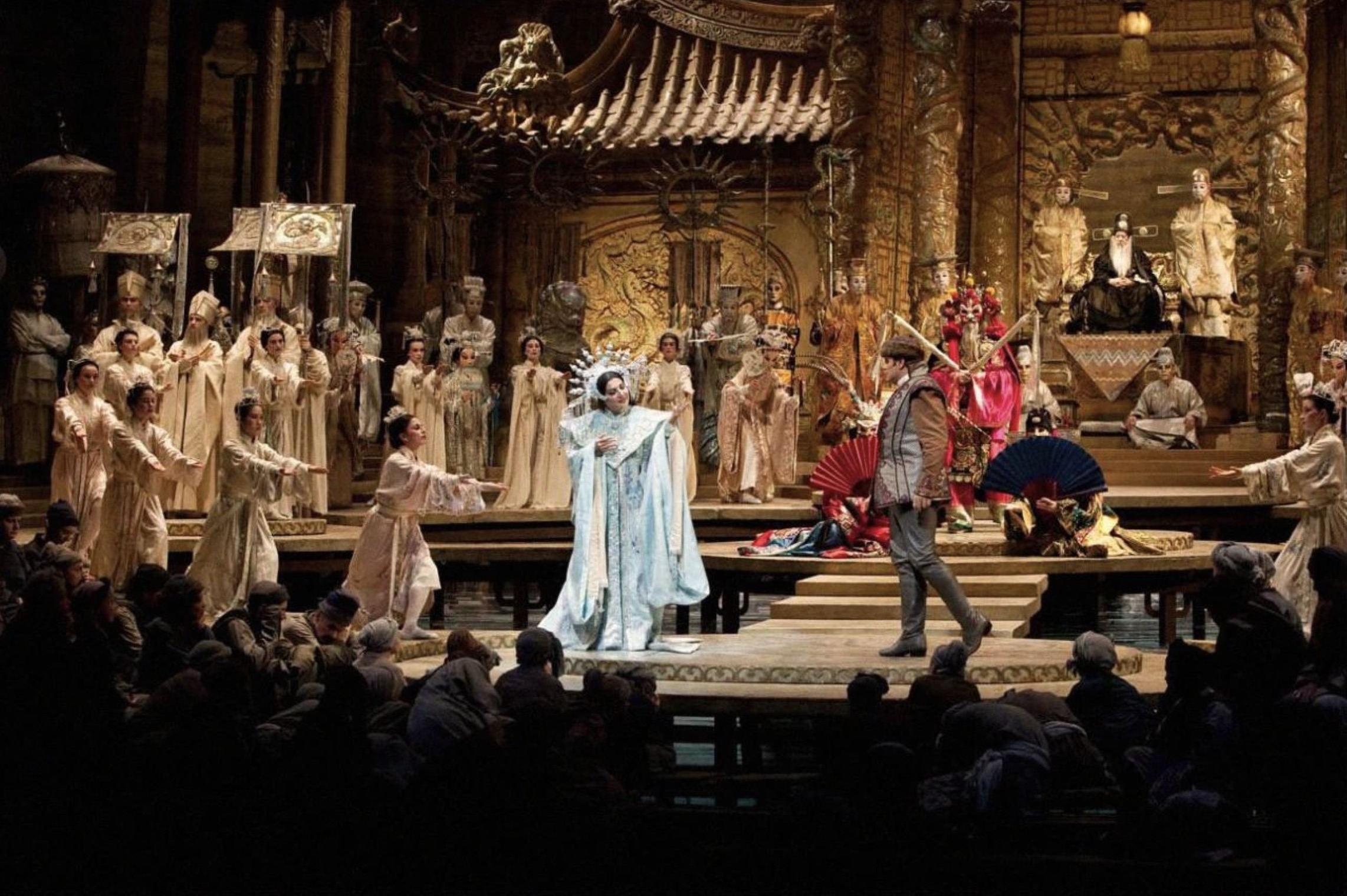
Would you like to experience the unique charm of these vinyl records? How about encountering these masterpieces at the museum? Verdi's La Traviata, Il Trovatore, Aida, Rigoletto, Nabucco; Puccini's Madama Butterfly, Turandot, Gianni Schicchi; Tosca, La Bohème, Richard Strauss' Der Rosenkavalier, Mozart's The Marriage of Figaro, The Magic Flute, Rossini's The Barber of Seville, Leoncavallo's Pagliacci, Bellini's Norma, etc.
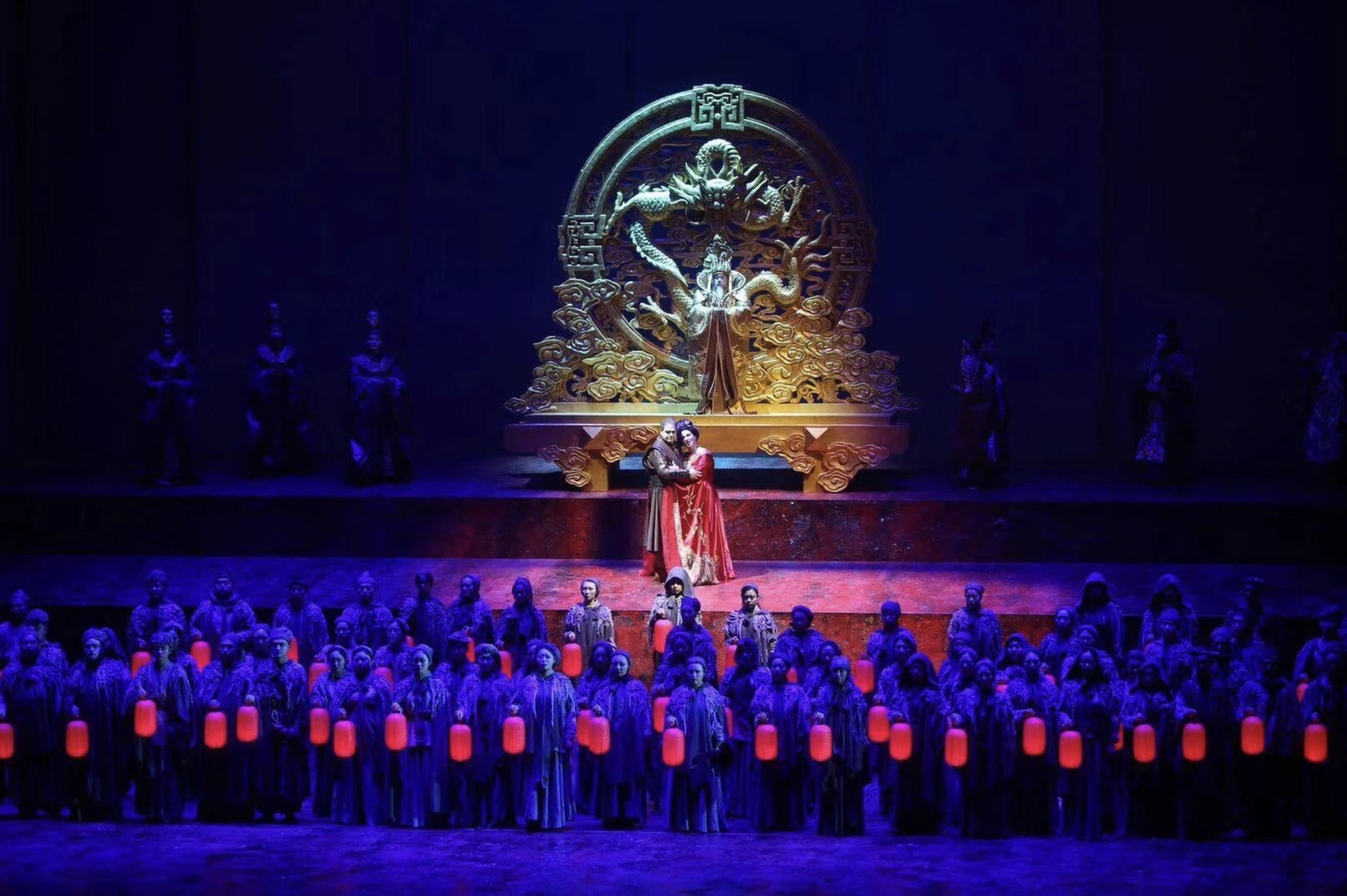
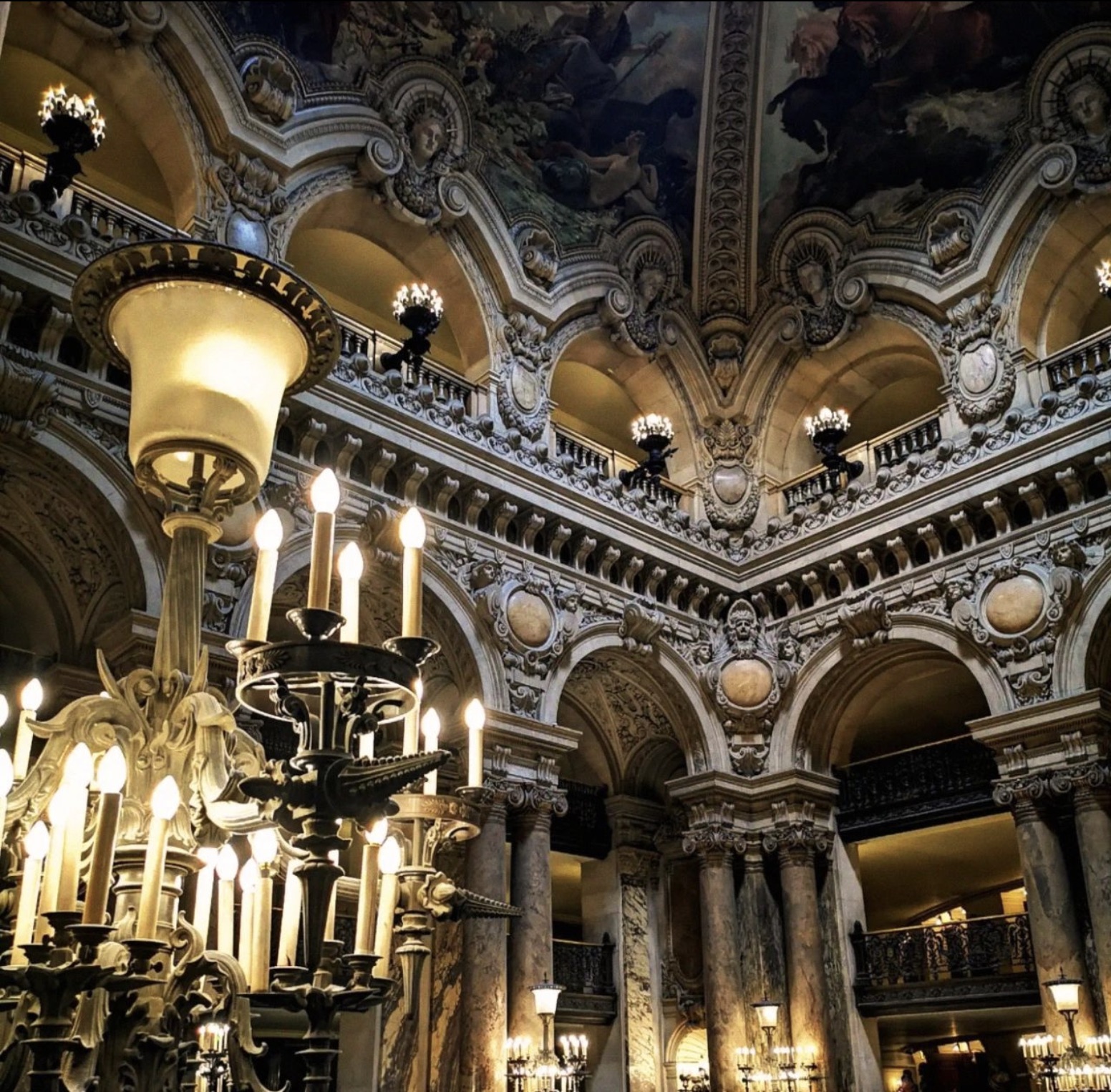
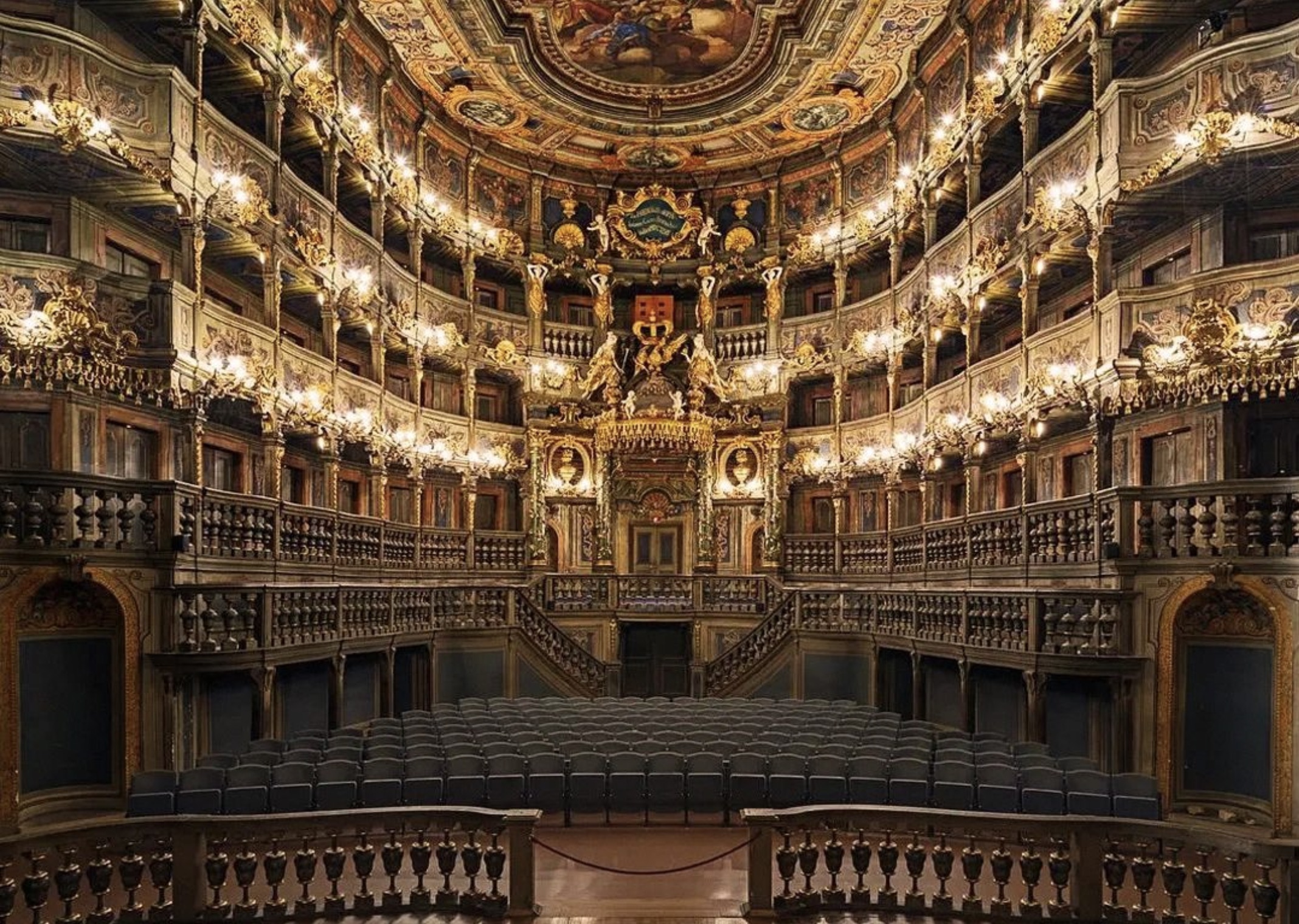
This classic opera vinyl record exhibition kicks off on December 12th. Everyone, make plans to come right away!
Below are a few preview photos of the opera vinyl records!
